Being a Free Athlete, you have a head start when it comes to taking part in an obstacle race. Freeletics training builds a solid foundation for high performance in this kind of sporting event. And the combination of strength, speed, mobility and endurance, gained through Freeletics Bodyweight, Running and Gym, means your body is already prepared for the types of challenges you are likely to face.
With that being said, if you are planning on getting stuck in, taking part in an obstacle race will still require putting in some extra groundwork. Here’s what you will need and why:
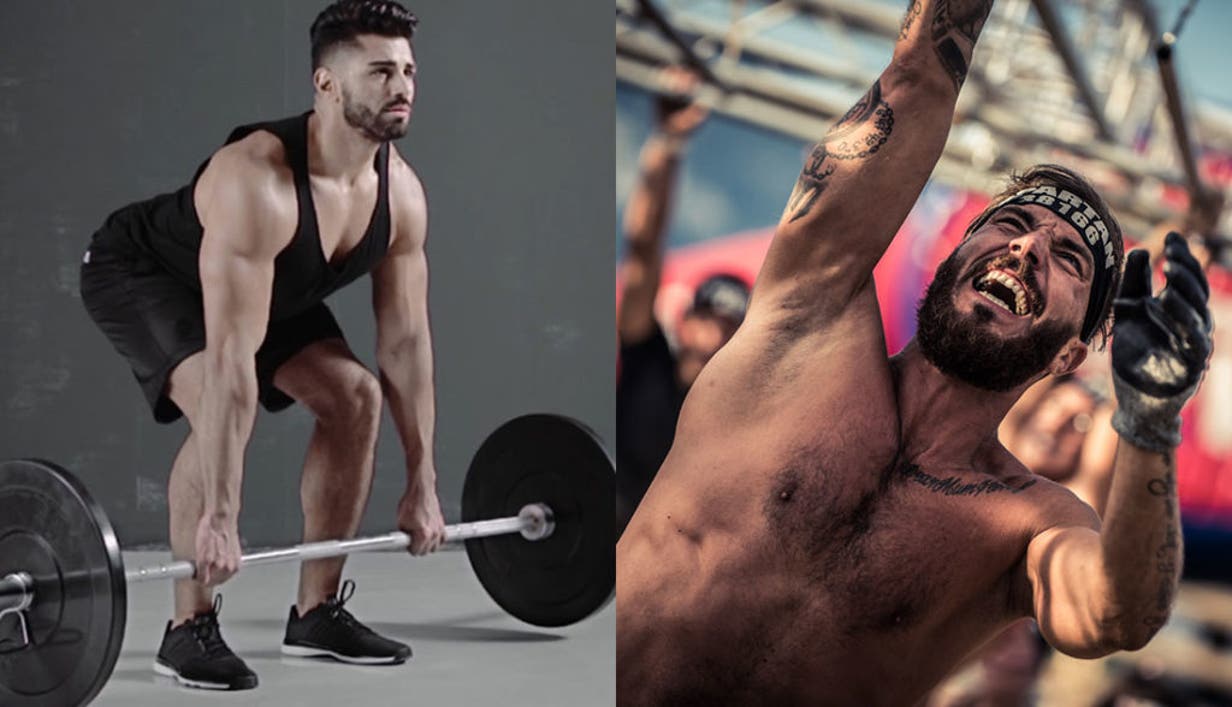
Exercise: Deadlift
Freeletics Gym workout: Strength lower body 2
Obstacle: All – injury protection
Muscles worked: Wrist flexors, grip strength, lower back, glutes, hamstrings
Skills acquired: Grip strength, hip extension & mobility, core stabilisation, carrying skills, injury protection
First and foremost, aside from strength and speed, safety is key during an obstacle race. Deadlifts are a crucial exercise for midline stabilisation, and lower limb joint stability/health. Although both of these can also be improved through the squat, the benefit of the deadlift is that you can do it with more weight, meaning more stress on the trained structures and it also – given proper form – requires active stabilisation of the shoulders as well as stresses the wrists and hands.
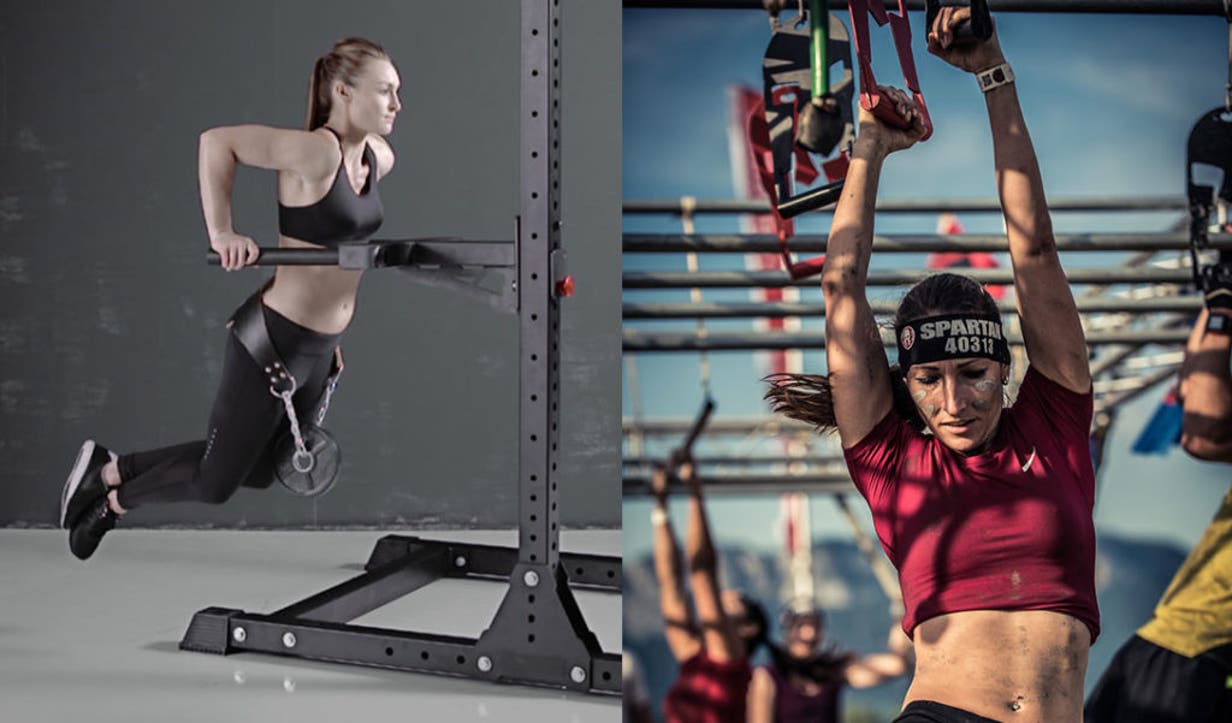
**Exercise:**Weighted pull ups and dips
Freeletics Gym workout: Strength upper body 3
Obstacle: Wooden wall, rope climb, monkey bars
Muscles worked: Wrist flexors, grip strength, lower back, glutes, hamstrings
Skills acquired: Grip strength, hip extension & mobility, carrying skills
Whether you’re clearing a wooden wall, climbing a rope or making it across the monkey bars, the stronger your grip and power in your upper body, the better. With weighted pull ups and dips, your body gets used to gripping, holding, squeezing and hanging. All skills required for these obstacles.
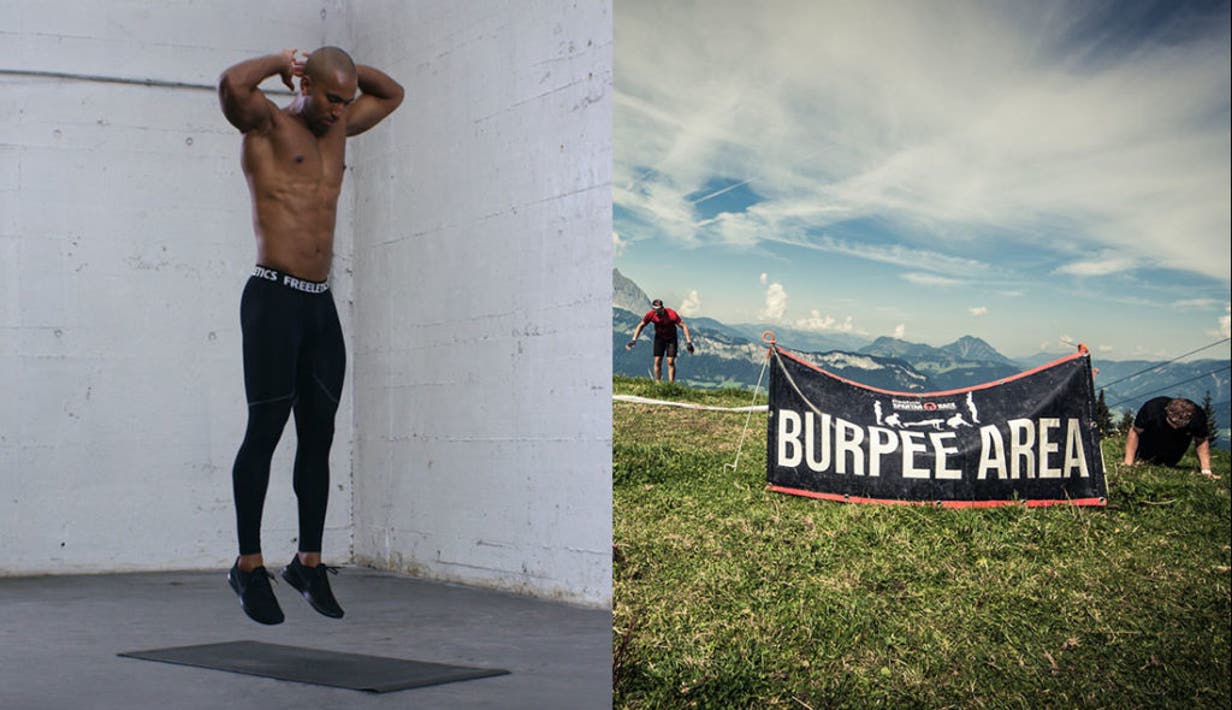
Exercise: Burpees
Freeletics Bodyweight workout: Aphrodite
Obstacle: Penalties
Muscles worked: Full body – large muscles such as chest, back & thigh, as well as smaller ancillary muscles in torso, shoulder & arms.
Skills acquired: Speed, agility, fast transition from being down to standing
Burpees are the official Spartan Race penalty for each uncompleted obstacle. Right now you’re probably thinking “I do burpees in my sleep. I got this”. And hell yes you do. Still, no harm in stepping up your pre-race burpee game. Although you should always aim at avoiding them, it’s worth getting the hang of doing burpees fast, well in advance. This way, if you do find yourself faced with a penalty, you can drop, give them 30 and be back on track in no time.
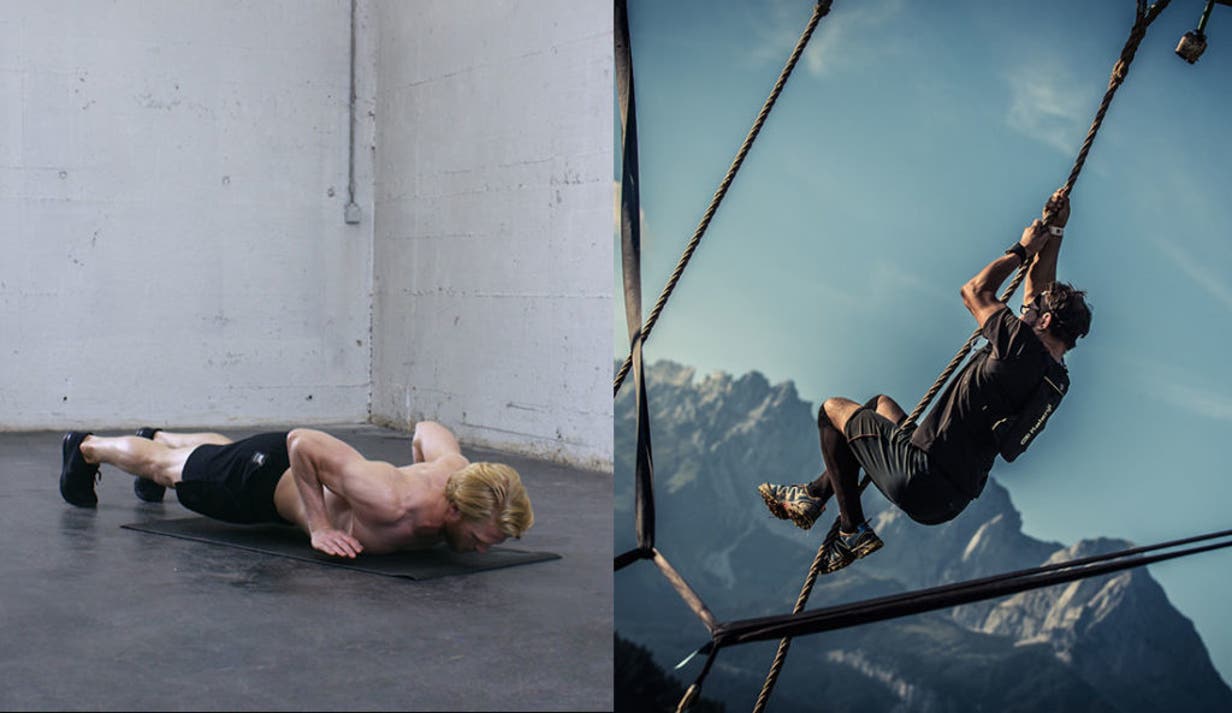
Exercise: Push-ups
Freeletics Bodyweight workout: Poseidon
Obstacle: Net crawl, barbed wire crawl, spear throw, rope climb
Muscles worked: Breast muscles, triceps, deltoid, straight abdominal muscles, glutes
Skills acquired: Crawling abilities, shoulder protection
Push ups are one of the best exercises to strengthen the triceps and core, as well as this they can protect the shoulders from injury. Regular push up practice is also likely to increase your performance at every obstacle where you are required to climb, carry, crawl or throw.
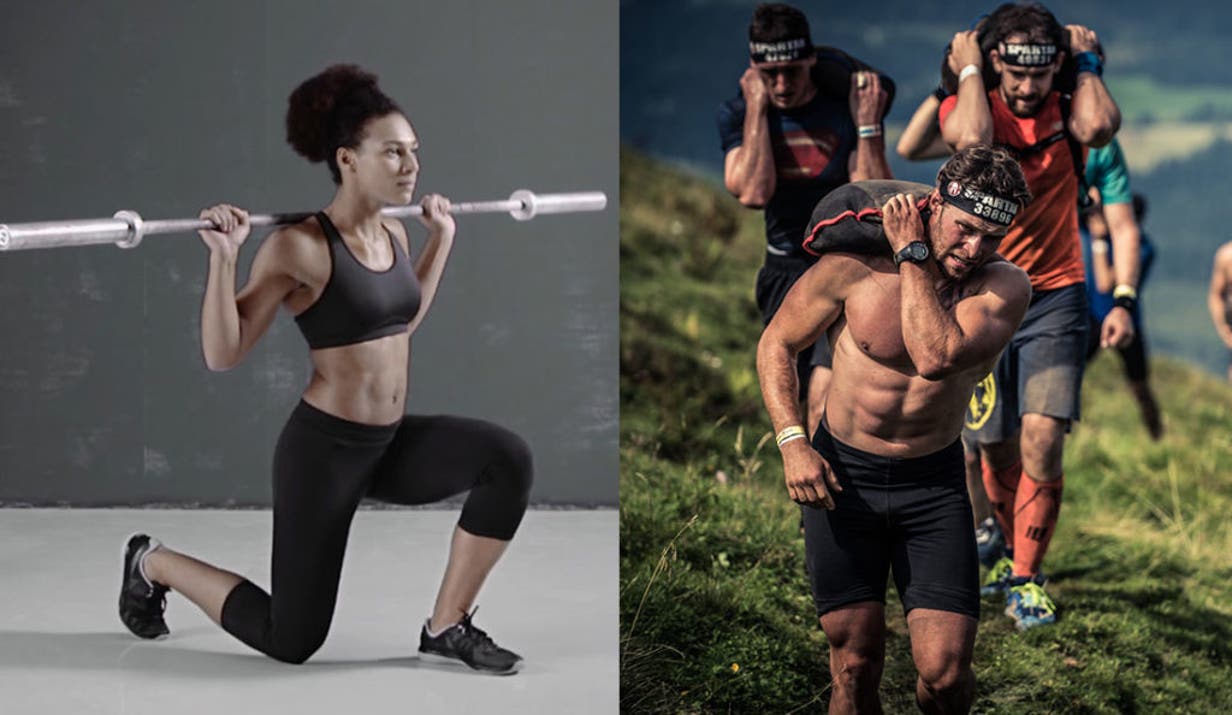
Exercise: Weighted back squats/weighted lunge walk
Freeletics Gym workout: Strength couplets
Obstacle: Log carry, sandbag carry, chain carry
Muscles worked: Core, thighs, hips, buttocks, quads, hamstrings
Skills acquired: Correct posture, carrying skills
The log carry is the classic obstacle race exercise. Without the correct posture to keep your upper body upright, you will be a lot slower, or put yourself at risk of suffering from an injury. It’s therefore worth finding exercises that not only strengthen your upper body, but also engage your core, build lower body strength, and improve your posture. Similar to performing the back squat, the key to a strong and successful obstacle carry is to keep your back straight and your chest out. Grab a barbell and got to work mastering the posture.
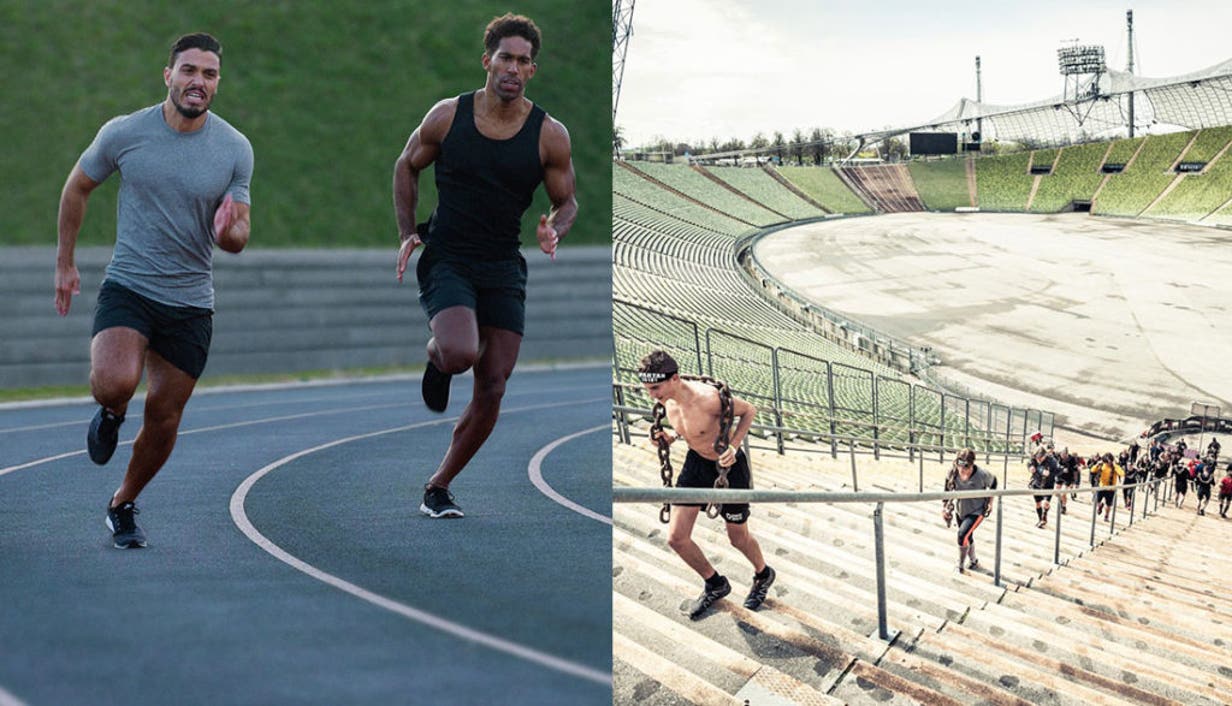
Exercise: Sprinting intervals
Freeletics Running workout: Anubis
Obstacle: Running between obstacles
Muscles worked: Entire body
Skills acquired: Increased anaerobic threshold, speed, better recovery
When people hear “obstacle race”, they get so hyped at the thought of preparing for the obstacles, that they often forget about the race. Running should make up a substantial part of your obstacle race training. And not just long runs, but intense sprinting intervals too. Anubis from the Frreeletics Running app. is a great workout to push yourself to the limits and get your body used to the feeling of moving as fast as possible before pausing for a few minutes to do the obstacle and allow your body to recover to some extent. If you want to be extra prepared you can even try doing these running workouts uphill.
We’ve given you the guide. Don’t waste another minute getting started with your training. No obstacle race stands a chance when Freeletics and time are both on your side.
See you at the finish line.